By Angela Klinske, Senior Director and Laura Vandiver, Senior Research Strategist
October is Health Literacy Month. The U.S. Department of Health and Human Services (HHS) defines health literacy as “the degree to which individuals have the capacity to obtain, process, and understand basic health information needed to make appropriate health decisions.” While this is often the most cited definition of health literacy, there is a growing consensus that health literacy goes far beyond just an individual’s ability to take in and understand health information. It’s made more complex by interactions with healthcare professionals, health systems, and health policy – environmental factors that affect how we process complicated (and often conflicting) health information.
So why is a PR firm talking about health literacy? Because clear health communication can mean the difference between life and death. A person’s ability to clearly read medicine labels, understand their health professional’s instructions and know their healthcare options are all dependent on their level of health literacy. But it’s also about the health messaging the public receives every day. With rampant misinformation about everything from vaccines to wearing a mask, individuals are trying to sort out sometimes conflicting information, and what pertains to them and their families.
An estimated 90 million Americans have low health literacy, according to the Center of Health Care Strategies, Inc. This includes those for whom English is not their first language, experiencing lower socioeconomic status or education, and the elderly. At Lambert, we have a team dedicated to serving the healthcare industry. So, there are things we can do as healthcare communicators to help patients – especially those in underserved communities – make the most of their healthcare information and experience and to give them confidence that the information they are receiving is evidence-based and accurate. To help squash significant disparities that exist in healthcare, here are three things healthcare communicators can start doing today to help patients in various communities and backgrounds get the care they need and deserve.
Raise Your Cultural Awareness
Cultural factors play a significant role in helping patients better understand their healthcare options. Healthcare professionals who take into consideration a patient’s origin and family background are better poised to influence their patients to heed healthcare counsel. Beliefs, lifestyles, and languages are diverse among ethnic cultures and can be barriers to health literacy in a Western, primarily English-speaking, culture.
Recognize and Address Language Barriers Immediately
Health literacy is normally very low among non-English speaking patients in the U.S. health system and can affect the satisfaction of both the patient and their medical providers. Health issues can quickly become critical with miscommunication. Overcoming the language barrier can be difficult, but solutions are available that make it easier. Consider asking English-speaking family members to join doctor visits. Hospitals also are investing in translation services that can support medical communication in most languages.
Do Your Research
As healthcare communicators, we have a responsibility to get the message right when it comes to health campaigns. We need to make sure that the message resonates with the target audience, and that they are receiving those messages in a way that works for them. The best approach to accomplish this is by conducting community-based market research. Researchers and communicators can work together to talk to the targeted population, via focus groups, in-depth interviews, surveys and more. Through this process, messaging can be created that not only resonates with the target audience but is presented in a way that gives them confidence in the accuracy of the information and reduces perceived barriers to taking action like getting a vaccine or wearing a mask. Creating campaigns without this informed approach has led to confusion in the message, or worse – the message isn’t heard at all. Lambert’s in-house research team are not only researchers, but also communicators. We can help transform often complicated scientific information into thoughtful and effective health campaigns.
Let’s continue to educate each other on the importance of health literacy while keeping in mind the many challenges patients, caregivers and healthcare workers face every day. Health information is readily available for everyone, but together, we can make it more attainable, and save lives in the process.
Fun fact: Do you know your state’s health literacy rate? Find out on this interactive map.

